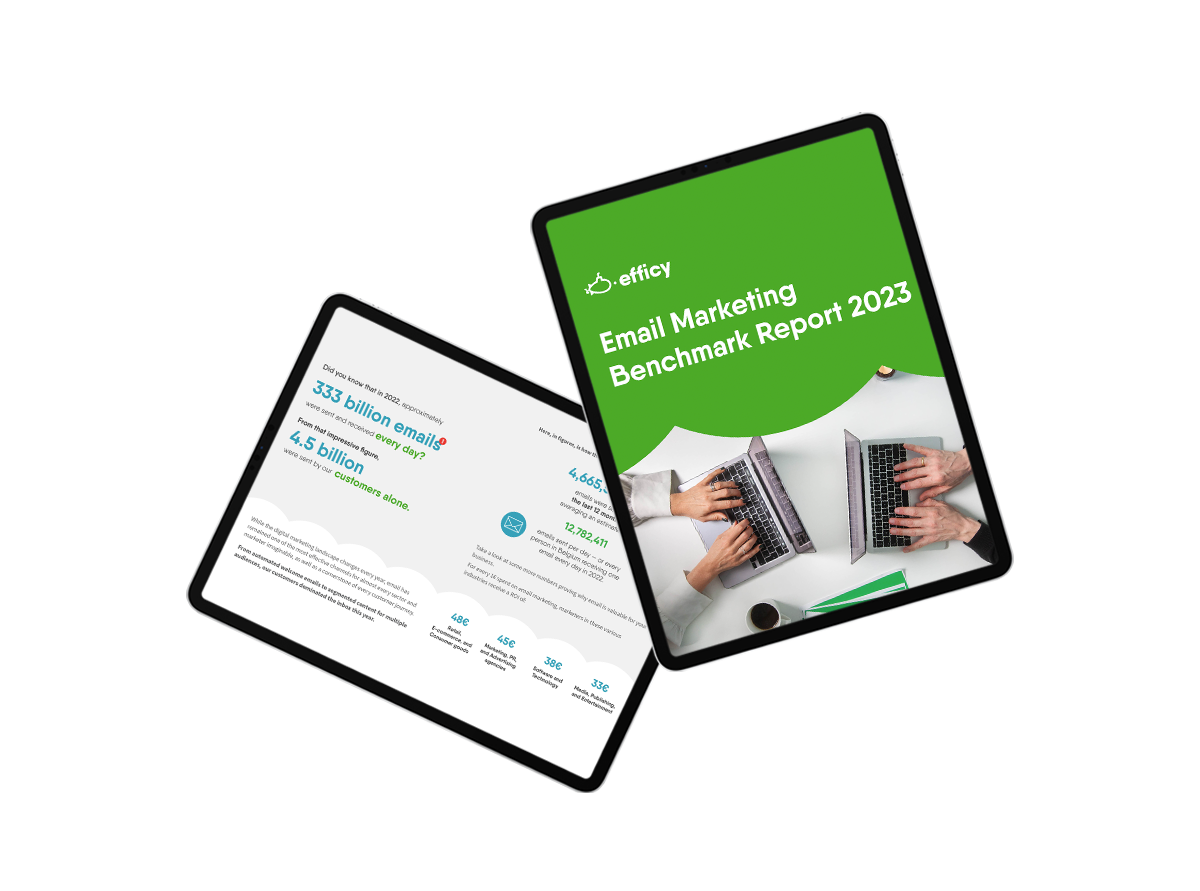Image
Apr 21
| 3 minutes
read
Personalising web content is easier than you may think
Personalising web content isn’t hard.
20 years ago, Javascript – the programming language allowing all the wonders of analytics, tag management and everything related to web 2.0 – was created with this idea in mind. The simple concept was that a web page could be modified once loaded in a browser, depending on the actions of the visitor. In two decades, the web has grown to be more interactive, personal and engaging, always pushing the boundaries of what is technically possible and always raising visitor expectations of the web experience.
So if the technical capability to personalise the online experience has been around for so long, why is it only now that personalisation is now all the rage among marketers? A part of this question is answered in a previous blog “3 problems with personalisation… and how to solve them” by Martin Wallace. But from a more technical perspective, what technologies are required for marketers to make personalisation a truly valuable marketing tool? And how can marketers harness the power of this technology to maximise the effect of the personalised content?
Get the right data at the right time – real time…
To personalise, you first need to understand the person that you want to talk to, so breaking down data silos comes first. The more data you collect on that person, the easier the dialogue can be, right? Not entirely.
Picture an elderly husband and wife, each with a wealth of information on the other. Yet the old adage is that the older they get, the less they have to say to each other. Gathering a lot of data in one location is all very well, but it is not the end of the story.
In the case of personalisation you need a powerful system that will extract the right data in the right context. Having huge, data crunching reports more often than not end up giving you the exact same result, but too late for you to act on it!
In addition to monitoring visitor behaviour, a lot can also be drawn from visitors not acting! But how can this insight be used effectively if you can’t process and act on it in real time, directly in the browser or the mobile application?
You need the right technology to actually decide what data to use, when and how… all in real time.
Display dynamic data
Another under-use of personalisation is repeatedly displaying the same, previously collected information back to the visitor – almost the antithesis of recommendation systems. Including more dynamic content can really help to jazz up your campaigns.
For example, when a visitor clicks an email campaign that includes a time-limited discount code, why not show that visitor the remaining amount of time for the code, together with the discount pre-applied to the price?
The possibilities are endless and there is a massive amount of content that can be created out of the blue, with a little processing.
Segment your audience intelligently
I like to think that there are two categories of segment – those based on lifetime data from the profile (a ‘traditional’ segment), and a real-time segment, that lasts for a single ‘session’ or even less. Those segments can be created by the traditional paradigm of user actions, but also the time of the day, the duration of the session or even the number of visitors on the website or people already in another segment.
By having short-lived, actionable segments that can “talk” to each other, you can very easily create complex personalisation strategies that will truly depend on your user, rather than solely on the user actions.
That, to me, is true personalisation.
This post was written by Thierry Plesnar.



